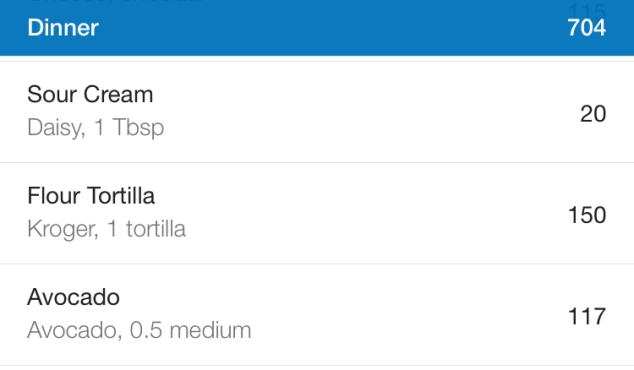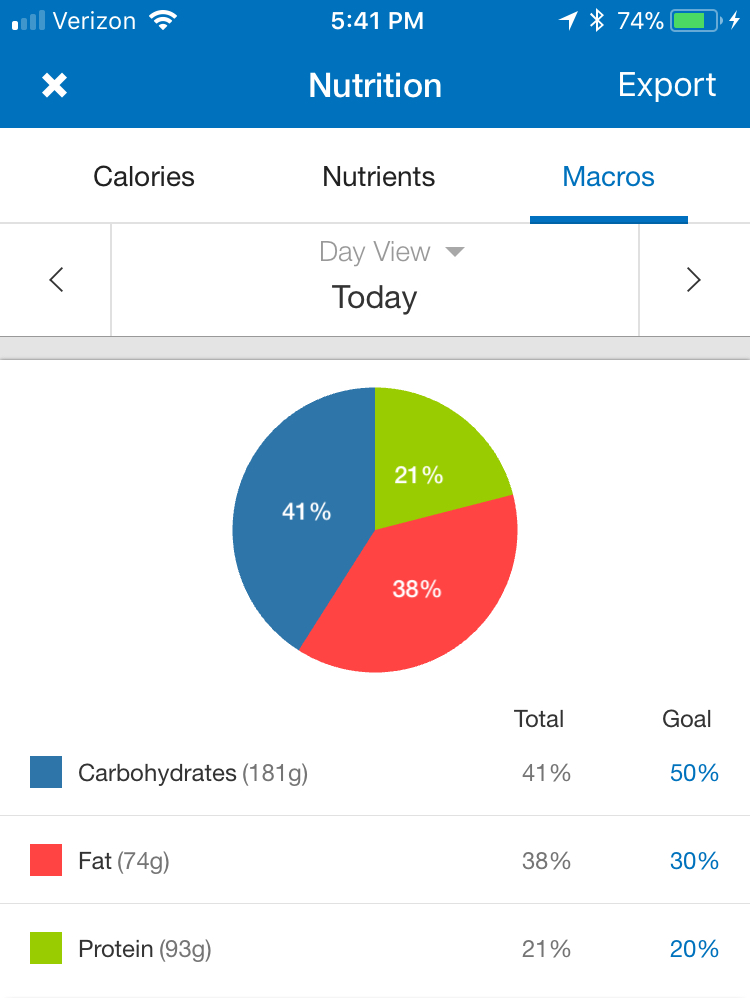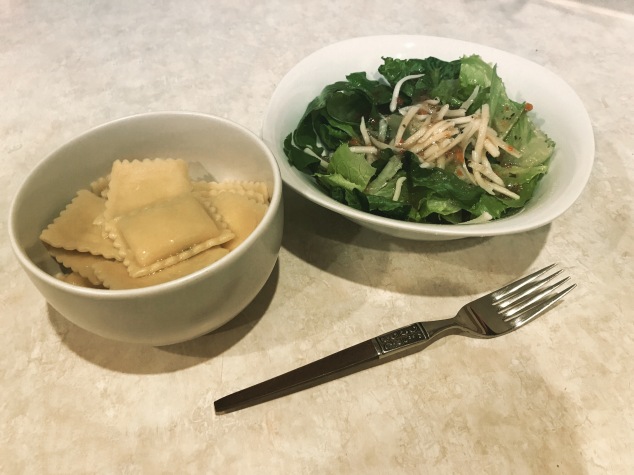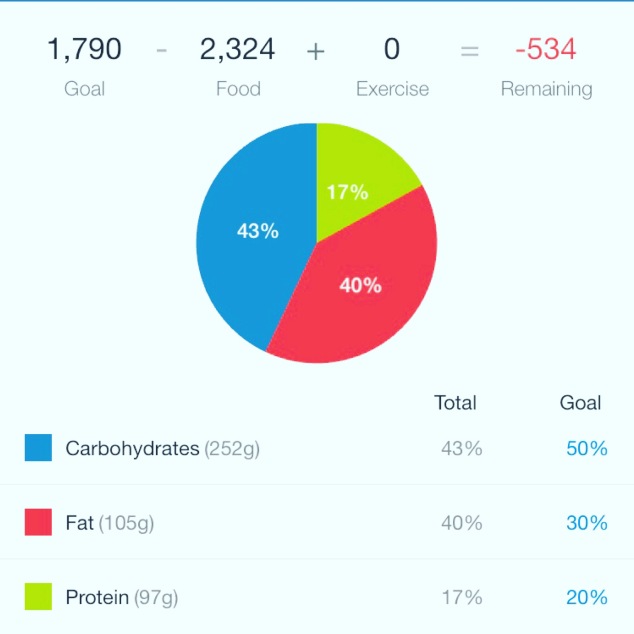
We’ve all heard about supplements. Seen them in our gym, seen them on TV, seen them in the store. But what do they do? Do you need them? Can’t you just eat a balanced diet?
You could. But if you want to lift heavy and make gains, supplements will be your best friend.
I’m only going to go through the supplements I use. I use them because I know about them and they work for me. There are TONS of supplements out there on the market. My suggestion? Go beyond this post. Do your research. Try a few things. See what you like or don’t like. But most importantly, remember supplements are an investment into your health. Don’t go for the cheapest product because its cheap. Not all companies have your best interests in mind and will add whatever they want because they can (most supplements are not regulated by the FDA) and it costs them less. Cheaper is definitely not always better. I’m also not saying you need to spend $50+ on each supplement. You can do this affordably.
I’m going to go over the 3 supplements I take other than protein (we will get to that later). Let’s get started.
Pre Workout Supplements
Pre workout supplements are a powder that you mix into water (usually in a blender bottle of some type for best mixing). This supplement will give you energy to power through a workout. They are designed to increase your endurance and energy so you can lift harder for longer. Many also aid in lean muscle gains.
But whats in it?
Generally pre workouts have four main components. Some may also contain BCAAs, but more on those later.
Pre workouts contain:
- Caffeine
- Creatine
- Beta-Alanine
- Nitric Oxide Boost
Caffeine is a stimulant. It is going to help you focus harder on your workout and get more done.
Creatine helps build muscle by sending more energy to the cells and then to the muscles. I’ll go more in depth on this later.
Beta-Alanine protects your body from damage caused by lactic acid build-up. It works by increasing the level of carsonine, reducing your body’s acidity. Sometimes Beta-Alanine is called CarnoSyn. Some people feel a strange warm, tingly sensation when they first use pre workouts with Beta-Alanine. This is completely normal. I felt it maybe the first and second time I took it. I never felt it again. Even after not taking it for a LONG time and restarting.
Nitric Oxide Boost is a mixture of vitamins and minerals that aid in the production of Nitric Oxide in your body. Nitric Oxide dilates your blood vessels to increase blood flow for a better workout.
Is a pre workout good for me?
It honestly depends on the person. If you have bad anxiety, panic attacks, heart problems, or are very sensitive to caffeine, you might want to stray away from taking a pre workout or take one with no caffeine (or less caffeine).
As mentioned above, read the labels! Some pre workouts from unreputable sources will put dangerous stimulants in their product. Some names to stray away from are yohimbe, synephrine (cousin to ephedrine), and dimethylamylamine (also known as DMAA or geranium extract). DMAA has actually been banned as a stimulant, unfortunately doesn’t mean you wont find it.
With pre workouts you have to drink more water than you normally would as they work like a diuretic and signal your kindeys to offload water like crazy. Yes they will make you pee. A lot.
You are however getting more than just caffeine in a pre workout. You’re going to get more nutrients than just chugging a red bull or coffee before working out. You’re going to be more alert and focused on your workout and your body will have more power with less oxygen (anabolic).
When do I take it?
Take pre workout 20-30 minutes before a workout. This gives it enough time to get into your body and do its job fully.
Watch your caffeine intake on days where you take pre workout. The American Heart Association recommends staying under 400g of caffeine per day. Most pre workouts contain 400g, so be mindful and don’t overdo it. Caffeine jitters wont help your workout any!
BCAAs
BCAAs stand for Branched-Chain Amino Acids. These are essential amino acids that are needed in your diet because your body doesn’t synthesize them naturally. Your muscles require protein to grow, BCAAs aid that process.
Some Science!
Proteins are macromolecules constructed of long strands of amino acids. There are 8 amino acids the body cannot naturally produce.
- iso-leucine
- leucine
- lysine
- methionine
- phenylalanine
- threonine
- tryptophan
- valine
Your body cannot make this. You must ingest these in your diet. Your body can make histidine and arginine. These two are sometimes considered essential amino acids for children because their growing bodies cannot synthesize it fast enough.
BCAAs work to increase lean mass and performance. The amino acids included in BCAAs are valine, leucine, and iso-leucine.
It is thought that BCAAs move through the body to the brain to decreate serotonin production, lowering mental fatigue. Serotonin creates a sense of tiredness. Without that sense of tiredness, more energy!
BCAAs act as nitrogen carriers, assisting muscles in synthesizing other aminos needed for anabolic muscle action. Anabolism is the synthesis of molecules to create simpler molecules with the storage of energy. They also stimulate insulin production allowing circulating blood sugar to be taken up by muscle cells to use as energy, promoting amino acid uptake. They are anabolic and catabolic due to their ability to significantly incorporate protein synthesis, facilitate hormone release (such as growth hormone (GH), IGF-1, and insulin as well as maintain a favorable testosterone to cortisol ratio). They can also be considered anti-catabolic because they help prevent protein breakdown and thus prevent muscle loss.
But what are those individual amino acids?
Valine is closely related to leucine and iso-leucine in structure and function. They don’t really have a useful biochemical reaction but they are useful for determining the structure of proteins due to their hydrophobic (avoids water) property. Other than suplements, valine can be found in soy flour, cottage cheese, fish, meats, and vegetables.
Leucine is also hydrophobic, thus a structural element. It provides ingredients for manufacturing other essential biochemical components in the body. Some for production of energy, stimulants to the upper brain, and making you more alert.
Iso-leucine is a member of the aliphatic side-chain amino acid family composed of extremely hydrophobic biochemicals that are found primarily in interior proteins and enzymes. Iso-leucine also provides ingredients for other essential biochemical components in the body, like leucine. It appears to have no other significant biochemical role than incorporating proteins into enzymes where their main purpose is to dictate the tertiary structure of the macromolecules.
So should I take BCAAs?
Yes. 100% yes. There is no side effect to taking BCAAs. They are needed by your body for daily functions. They must be consumed in your diet. BCAAs will result in measurable gains in strength and muscularity. If you take them before and during a workout they will increase your performance and delay fatigue, letting you lift longer and heavier.
Creatine
Creatine is a naturally occuring substance. Creating turns into creatine phosphate in the body. Creatine Phosphate helps create ATP (adinosene triphosphate), which gives energy for muscle contraction.
If it occurs naturally why take it?
Yes, it is created naturally, but when you supplement with creatine you will see a 20% increase in muscle PCr (phosphocreatine or Creatine Phosphate) which means more ATP and more ATP means more energy. See where I’m going here?
Once creatine is taken up by the muscles from the bloodstream ti gets a hich energy phosphate attached to it turning it into PCr. The high-energy phosphate is a critical component. This high-energy phosphate is donated to create the ATP which is then used for the muscles rapid energy for muscle contraction.
Creatine is essentially a protein. It draws water from the blood and the space outside muscle cells (interstitial fluid) into the muscle through osmosis. This increases the cell volume and causes the cell membrane to stretch, thought to initiate long-term increases in muscle growth and strength through greater protein synthesis.
Creatine also increases the number of satellite cells in muscle fibers. Satellite cells are basically muscle stem cells. Bigger muscles are created by more satellite cells being added to existing muscle fibers.
It also increases growth factor insulin like growth factor-I (GF-I). GF-I is critical in initiating processes in muscle cells that lead to enhanced muscle growth and strength. Creatine also lowers myostatin. Myostatin is a protein that limits muscle growth. Less myostatin, more muscle growth.
Okay. So what do you use?
I use all three. I take my preworkout before I go to the gym. Then I drink a blender full of water. Next I drink my BCAAs mixed with my Creatine in 16oz of water.

My preworkout is Cellucor C4 Sport in Blue Raspberry (although it also comes in Fruit Punch which is equally as delicious) ($22)
My BCAAs are from FitMiss. They are also Blue Raspberry (I might like that flavor just a little!) ($18)
My Creatine is Micronized Creatine Powder from Optimum Nutrition. Its unflavored because I mix it with my BCAAs. ($9)

Total for all three was less than $50. Look around. You can find them on Amazon, at Walmart, a bunch of places. If you’re worried about prices buy one at a time.
Hopefully this serves as a great building block to better lifting!
I receive no kickbacks of any sort from my links. These are products I am promoting entirely of my own choice, because I actually use them and love them and hope you will too.
Sources:
http://www.muscleandfitness.com/supplements/build-muscle/everything-you-ever-wanted-to-know-about-creatine?page=3
http://www.webmd.com/men/creatine#1
http://www.bodybuilding.com/fun/bcaa2.htm
http://www.suppsrus.com.au/blog/supplememntsation/pre-workout-supplement
http://www.vitacost.com/blog/sports-and-fitness/sports-nutrition/the-pros-and-cons-of-pre-workout-supplements.html
Save















